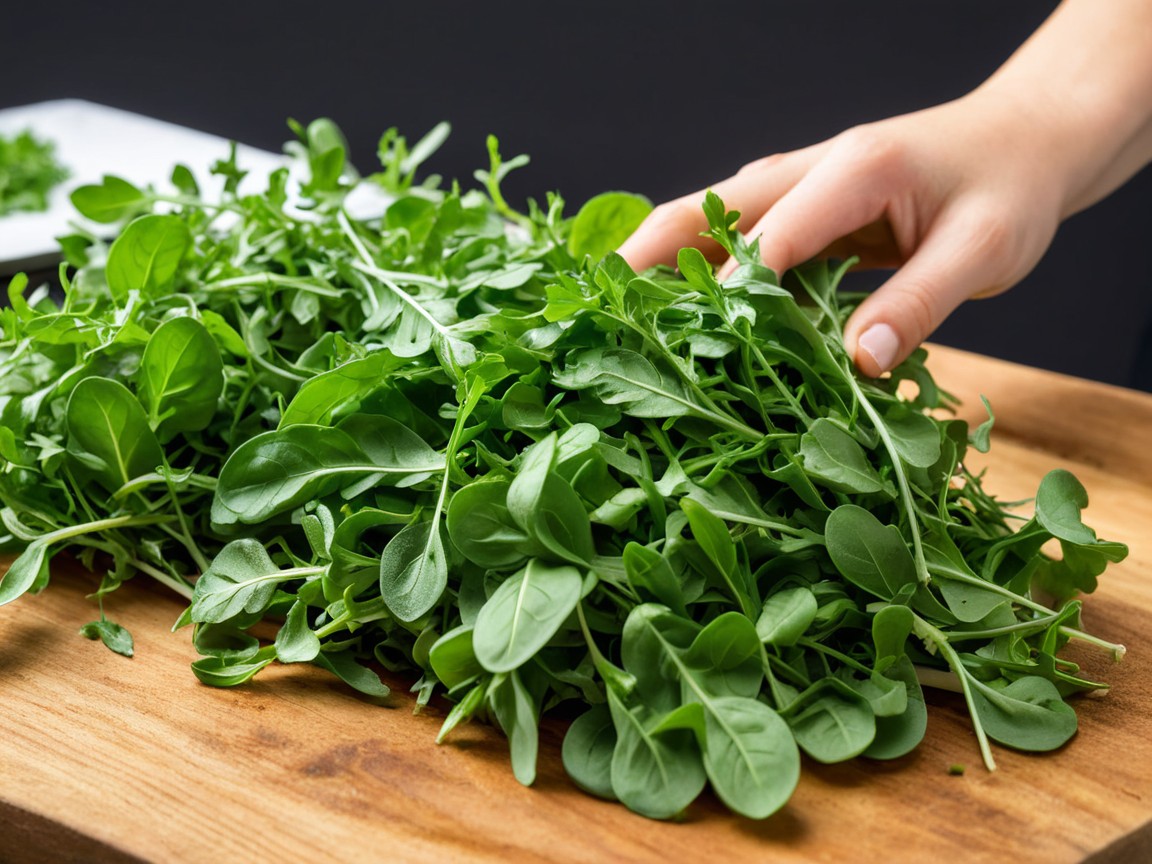In botanical research circles, the leafy green arugula — scientifically known as Eruca sativa — often flies under the radar despite its unique properties. Yet at Cambridge University, a team of dedicated plant scientists is working to change that perception. Among them is Dr. Alina Voss, an arugula researcher whose groundbreaking work is shedding new light on the plant’s genetics, nutritional value, and potential role in sustainable agriculture.
Why Arugula?
Arugula, a peppery-flavored leafy green widely used in salads, has gained global popularity not just for its taste but for its health benefits. It’s rich in vitamins A, C, and K, as well as glucosinolates—compounds known for their potential cancer-fighting properties. However, despite its nutritional value, arugula remains under-researched compared to crops like wheat or rice.
Cambridge University’s Plant Sciences Department, known for its pioneering agricultural research, identified arugula as a key candidate for studying genetic diversity, climate adaptability, and bioactive compound optimization. Dr. Voss and her team are at the forefront of these efforts.
Inside the Research
Dr. Voss’s lab uses a combination of molecular genetics, field trials, and biochemical analysis to study arugula from seed to harvest. One of their current projects involves sequencing the arugula genome to identify traits that contribute to drought resistance and nutrient density—traits that could make the plant a cornerstone of future urban farming systems.
Another focus is on flavor enhancement. “The bitterness and spice of arugula come from its glucosinolate profile,” Dr. Voss explains. “By mapping these compounds and understanding their genetic controls, we can selectively breed varieties that balance flavor and health benefits.”
Environmental Impact
Beyond nutrition, arugula is being explored for its environmental footprint. Compared to other leafy greens, arugula requires less water and grows well in vertical farms and hydroponic systems. Dr. Voss’s team is testing arugula strains in controlled environment agriculture (CEA) settings, simulating indoor farming conditions.
The lab’s findings could influence urban food policy, especially as cities look to reduce food miles and create more self-sufficient ecosystems. “We’re working on arugula not just as a salad green, but as a model plant for smart agriculture,” says Dr. Voss.
Collaborative Science
The research doesn’t stop at Cambridge. Dr. Voss collaborates with scientists across Europe and the U.S., sharing data and methods to accelerate discovery. Her team is also involved in public outreach, engaging local schools and sustainability initiatives with interactive lab tours and citizen science projects.
Looking Ahead
The humble arugula is proving to be a powerful plant with potential far beyond the dinner plate. Thanks to researchers like Dr. Voss at Cambridge University, we’re beginning to understand how this leafy green could shape the future of health-conscious eating and sustainable agriculture.
Whether you’re a scientist, a foodie, or a farmer, the work being done in this lab is a reminder that even the smallest crops can make a big difference.



